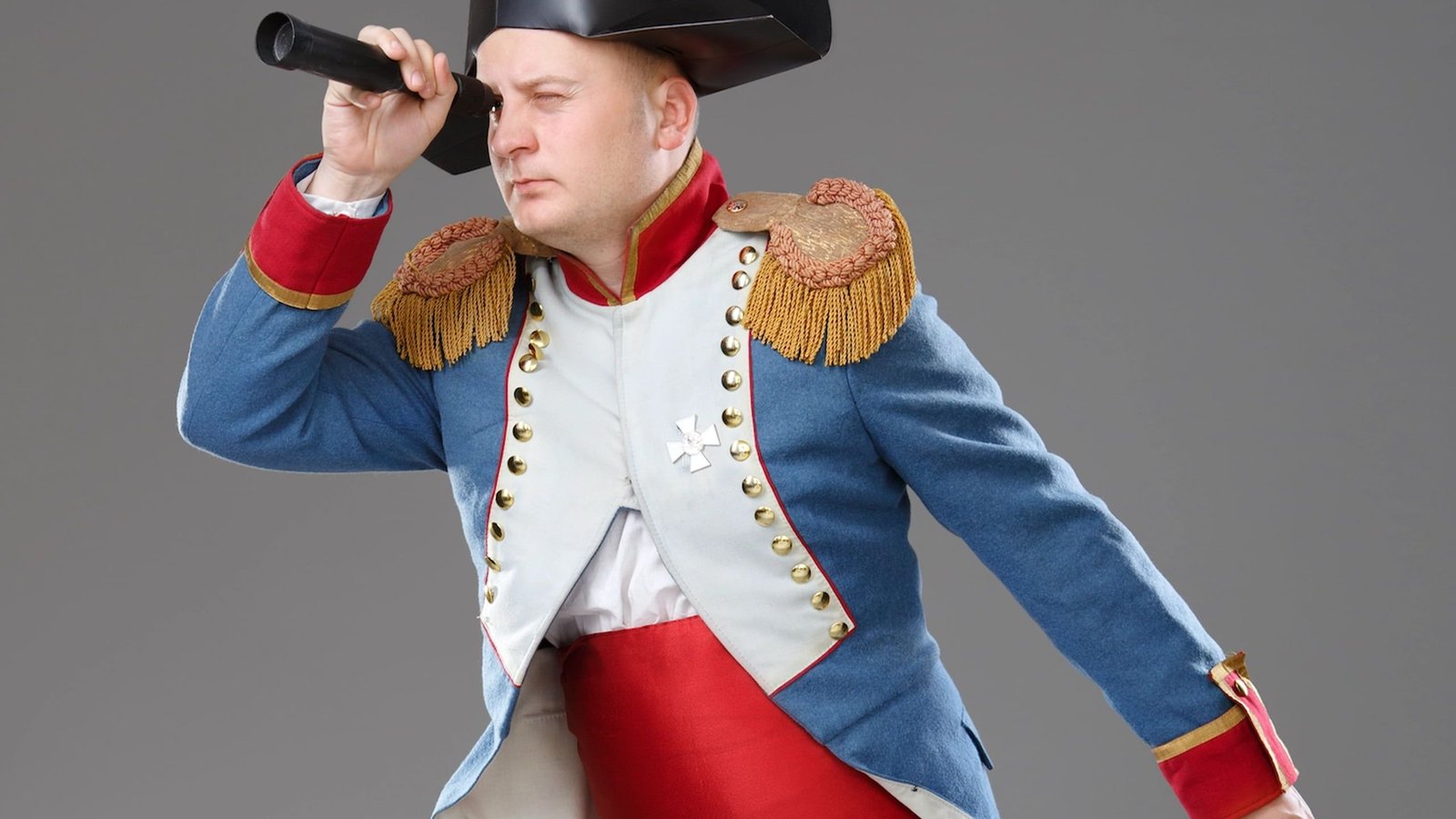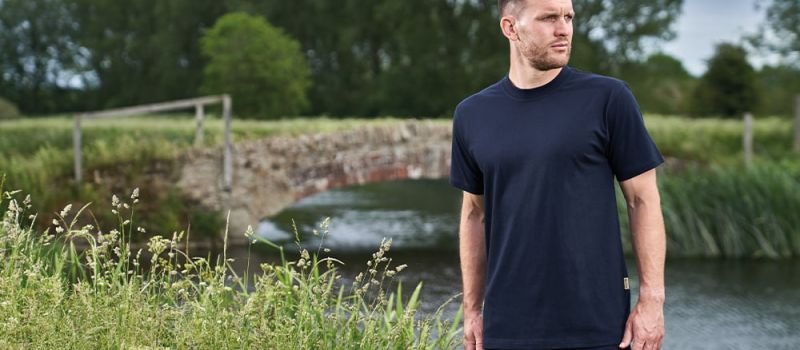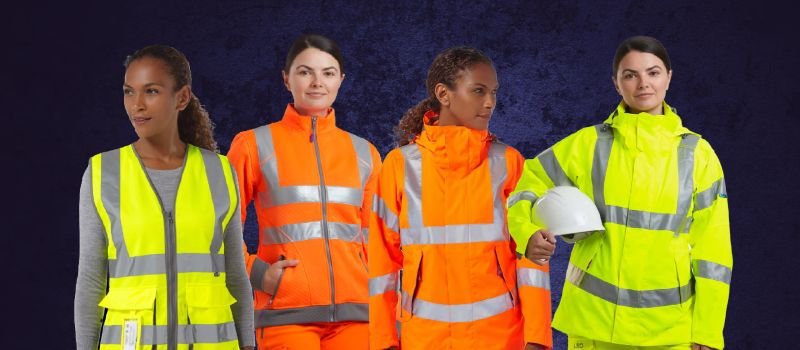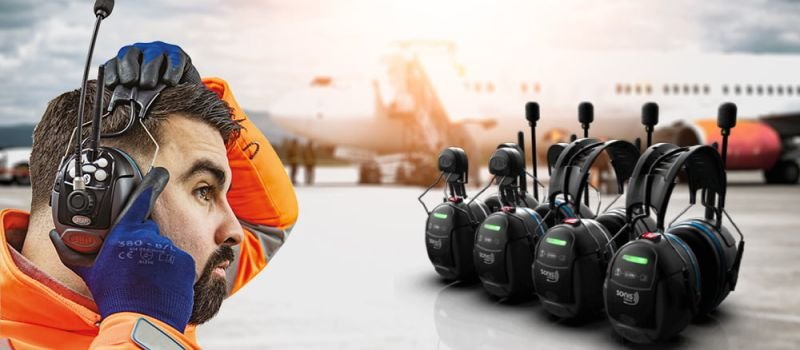-
 Get Inspired
Get InspiredDid You Know – Uniform Fun Facts
Uniforms have come a long way: discover the amazing stories behind some of these familiar garments.
Four Fun Facts About Uniform
Uniforms serve not just a practical purpose but an easy way to identify a professional within an organisation. But uniforms have evolved quite significantly over recent centuries, and some of the most recognisable garments today in fact have a very strange history! In this article, we take a look at some intriguing and often bizarre facts about the origins of various well-known uniform items.
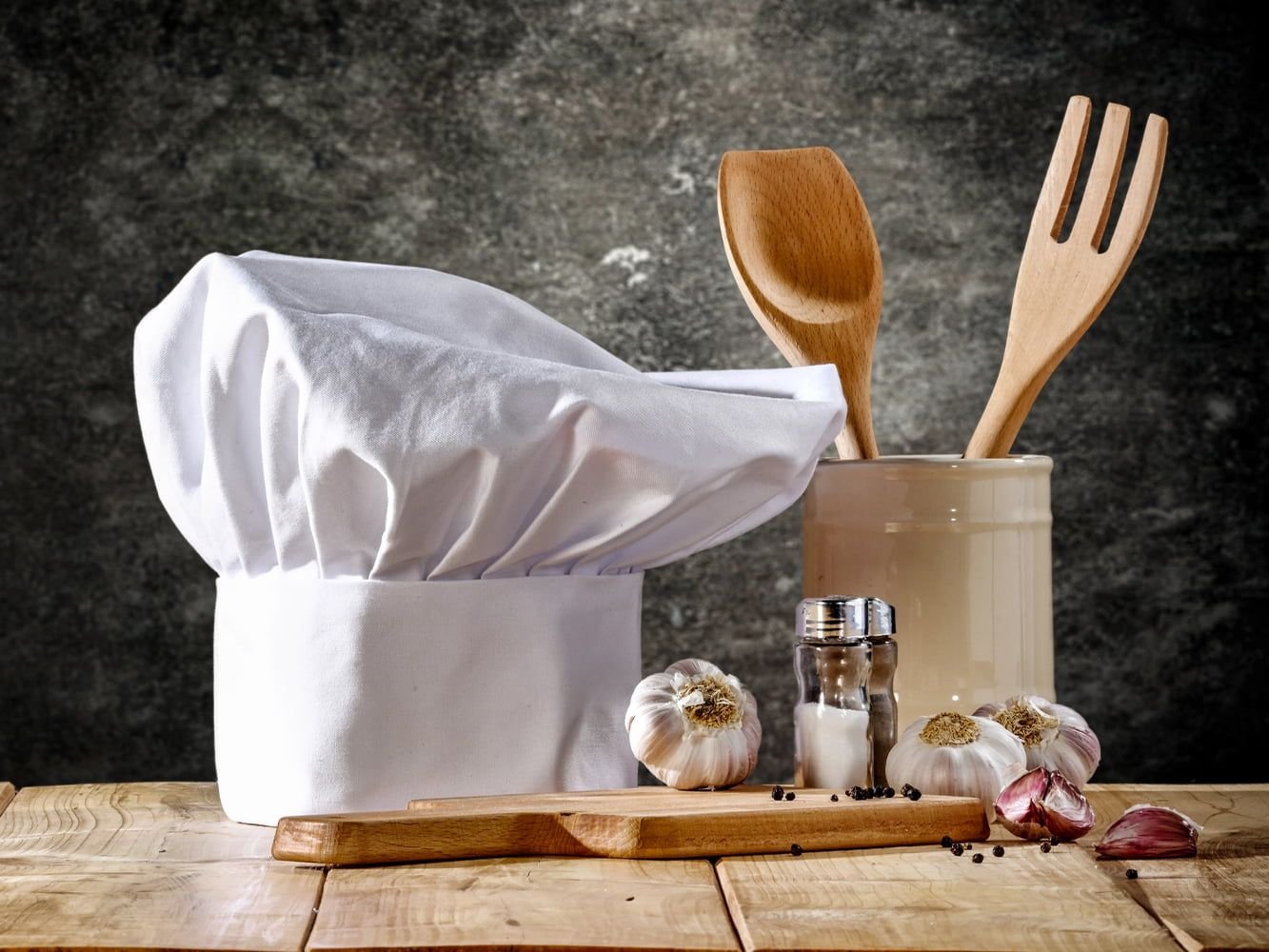
1. Chef’s hats
The traditional white toque blanche, or tall chef’s hat, has been around since the 1600s. Previously, the height of the hat was used to indicate rank in the kitchen, whilst the numerous folds were said to represent the number of ways a chef knew how to cook eggs. Aside from the folklore, they do have a functional purpose. Not only do they keep the chef’s hair out of their eyes and the food they’re preparing, but the white colour also signifies hygiene and cleanliness.

2. Police Coats
Back in the 1820s and 1830s, the Metropolitan Police wore high-collared, blue overcoats. The high collar was a significant safety feature, which served to prevent the officers being garrotted by the criminals they were trying to apprehend! Although the swallowtail coats were replaced with tunics and shirts, the high collar has remained.
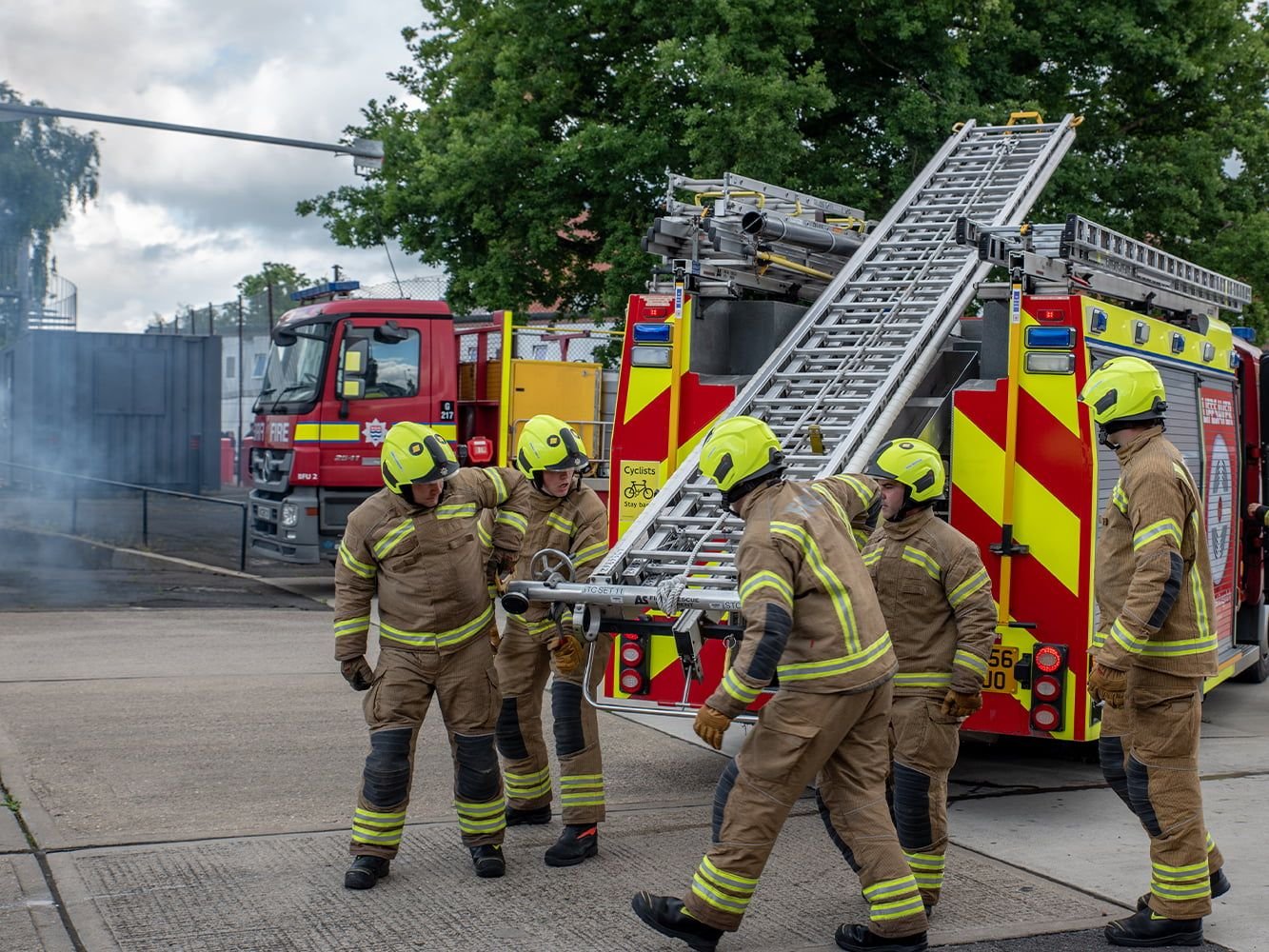
3. Firefighter’s trousers
In the 1800s, firefighters in the London Fire Brigade wore woollen tunics, which were replaced by black rubber leggings in 1914. These helped them to stay dry when handling water to extinguish a fire. In 1974, their black leggings were replaced by bright yellow ones. The idea behind the hi-vis colour was to enable the firefighters to be more clearly seen in smoky conditions. Firefighter’s trousers are now a core piece of clothing for this profession and are engineered to protect against the intense heat of burning buildings and water contact. For more details see London Fire Brigade Timeline.
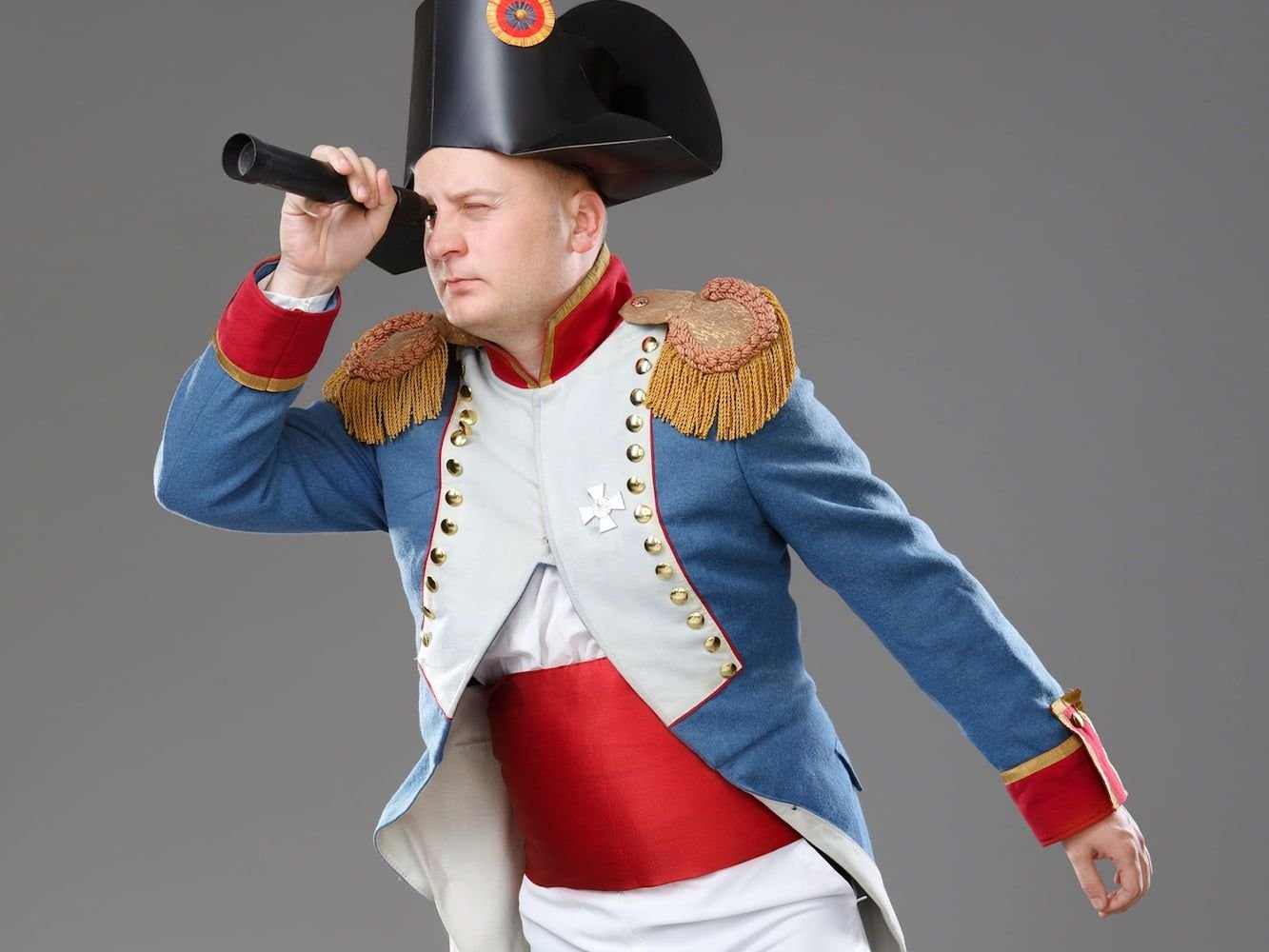
4. French uniform cuffs
Cuffs were added to soldiers’ uniforms on the orders of Napoleon. Allegedly the troops used to use their sleeves to wipe away tears, snot, sweat, blood and various other unpleasant substances. Napoleon didn’t like to see his troops in a dishevelled state, so introduced both French cuffs (wide cuffs which could be folded over in order to hide any unpleasant stains) and brass buttons to be sewed onto the cuffs in order to prevent easy face or nose wiping!
Uniforms have come a long way as we have learned more about new materials, risks in the workplace and how to use workwear to convey a professional appearance. From chef’s hats to police coats, firefighter’s trousers to French uniform cuffs, they all serve a unique purpose, whether it be for safety, hygiene or presentation. If you’re looking to kit out your team with the right uniform for their jobs we are happy to help.
